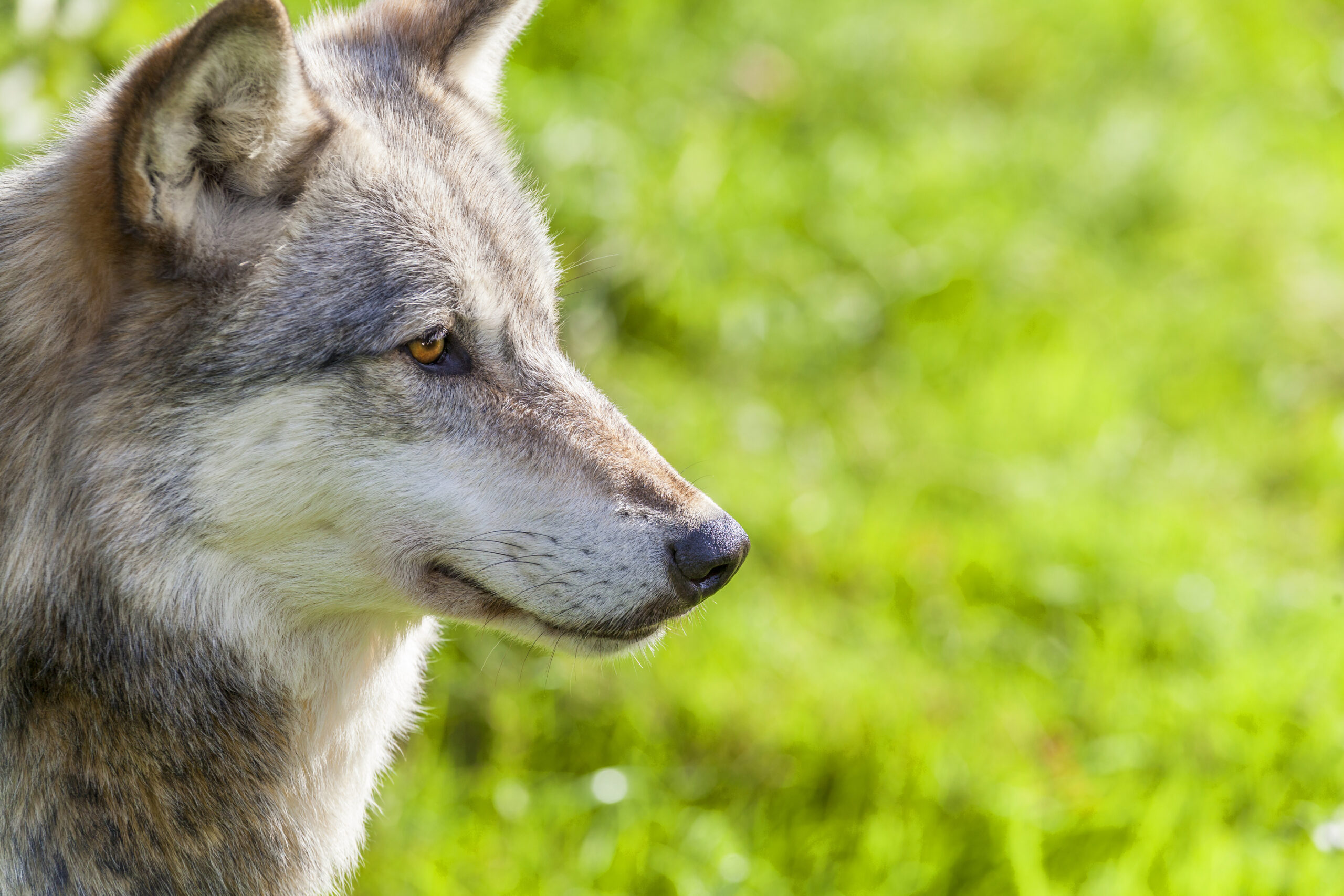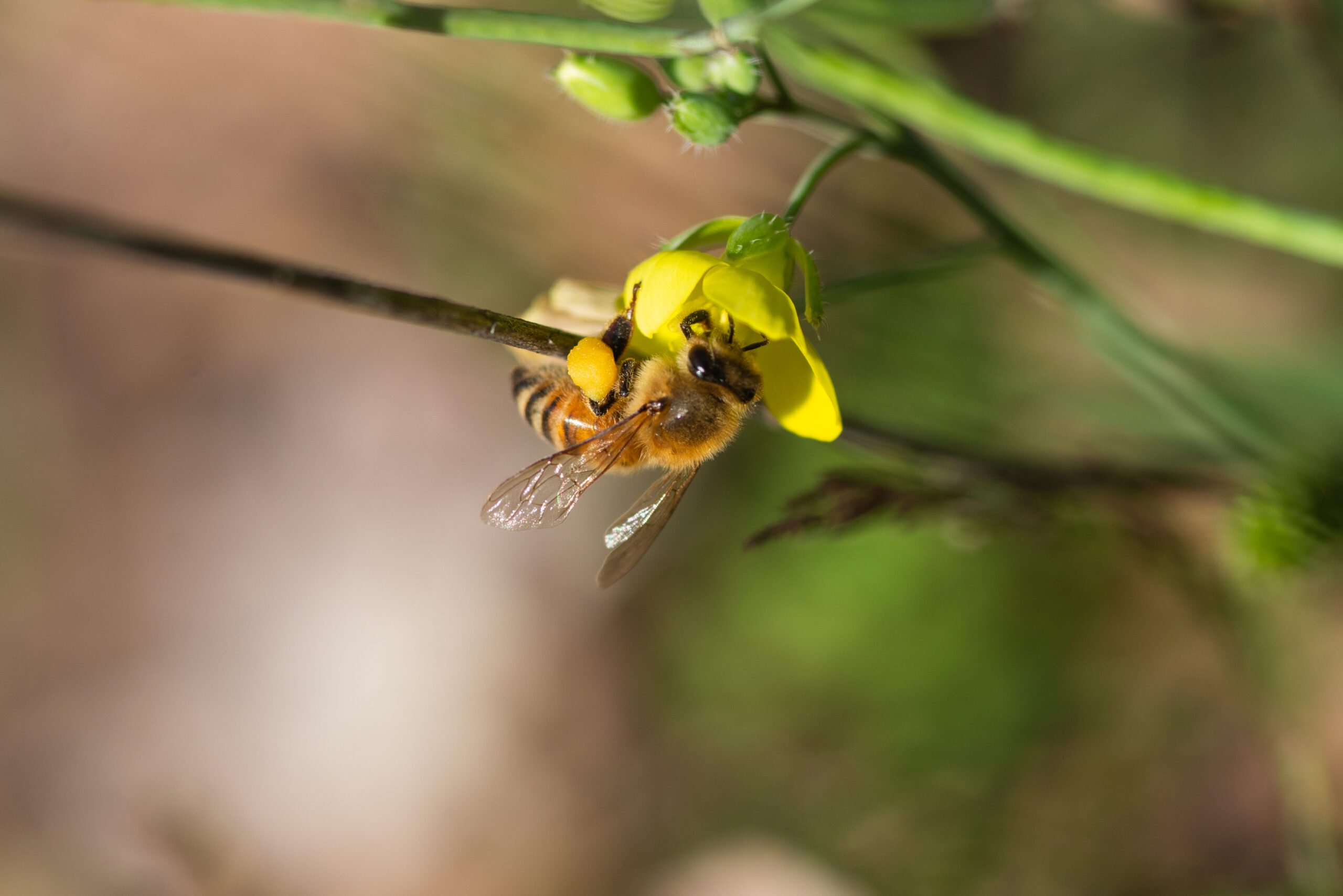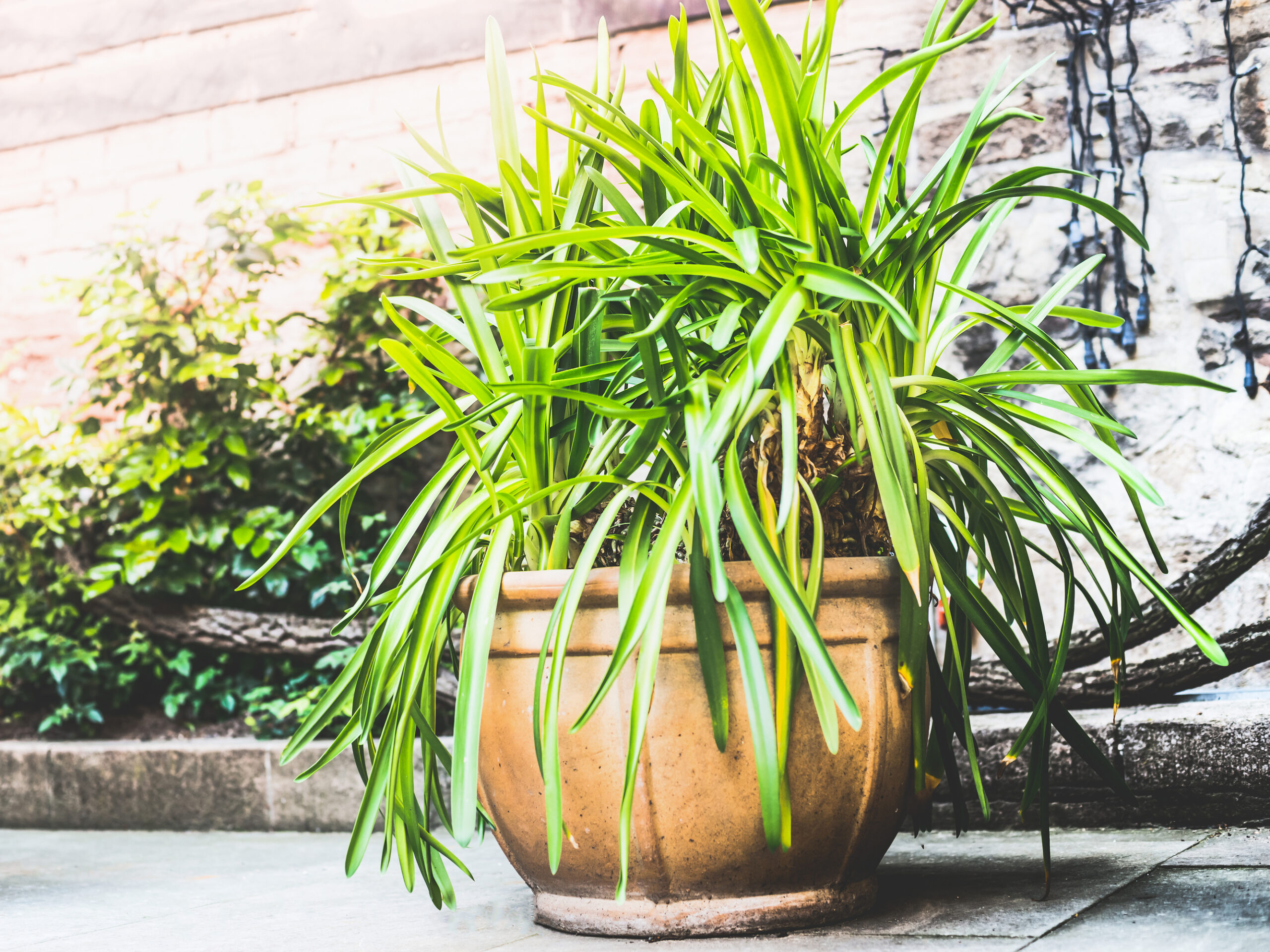Did you know that pollinator populations have declined throughout the last century? Our growing population and modern agriculture have contributed to dramatic changes in our landscape. Today, Down to Earth Services is here to discuss protecting Missouri’s keystone species and the significance of these species and pollinators. Numerous pollinator species are diminishing in Missouri, along with other parts of the world, and if you’re ready to do your part, keep reading for tips on keystone species conservation.
The Significance of Pollinators
Pollinators play a vital role in our natural ecosystems and agricultural productivity. Not to mention, pollinators play vital roles in human wellbeing through the pollination of food sources. Increased public knowledge has encouraged action; however, there is still much to be done to ensure the survival of our pollinators and keystone species.
As human growth invades ecosystems, environmentalists, farmers, and scientists work feverishly to rescue species worldwide. Pollinators and keystone species have great societal importance. They not only boost agriculture production in Missouri, but they also serve a vital part in preserving the health of our forests.
What are Keystone Species?
The phrase “keystone species” is used in ecology to characterize a species on which other species in an ecosystem rely on, either directly or indirectly, and whose loss would result in a drastic shift in the ecosystem. The wolf is a prime example in that the wolf regulates herbivore populations such as deer, elk, and rabbits that devour the many plants that feed countless species, including birds and insects. Thus, the extinction of a keystone species has far-reaching consequences in an ecosystem.

Pollinators are regarded as keystone species because they pollinate many vital blooming plants. Around 80 percent of the world’s plants rely on animal pollinators to reproduce. The remaining 20 percent self-pollinate; are pollinated by wind, as oak trees and corn are; or are pollinated by water, as many aquatic plants are. Bees provide 67 percent of pollination services, making them one of the most vital pollinators for natural ecosystems.
Furthermore, the fruits and seeds of the bees work are the principal sources of nutrition for many birds, animals, and insects. For example, almost 25 percent of Missouri’s birds rely on pollinators for their primary food supply. The Missouri black bear gets a significant percentage of its nutrition from berries, which do not set healthy fruit without insect pollination. If fewer plants are adequately pollinated, less food is available for animals. Like those of the wolf, these consequences are felt across the environment.
Indicator Species
Pollinators are also thought to be indicator species. As a result, their existence, abundance, and health can convey information about the overall health of an ecosystem. A broad and thriving pollinator community will benefit a wide range of plants and, as a result, the rest of the ecosystem. Conversely, pollinator declines are concerning because more species are being added to the vulnerable or endangered list, and keystone species play an essential role in natural ecosystems. The recent reduction in rusty patched bumblebee and monarch butterfly populations may thus indicate overall habitat quality in Missouri.
Pollinator Threats
Pollinators serve an essential part in our food chain, from pollinating clover, which fixes nitrogen into the soil, to filling our orchards with an abundance of fruits and nuts. A large portion of contemporary agriculture relies on these species to satisfy the high demand. And in many cases, pollinators provide these services for free and without the intervention of humans. To ensure we continue to have a diverse range of low-cost commodities, both wild and managed bees should be considered when planning or managing agricultural land.
Most people associate “threatened pollinators” with the honey bee and the monarch butterfly. However, several other pollinator groups are experiencing species decreases. The primary reasons for these decreases are divided into three categories: habitat destruction, pesticide and agrochemical exposure, and the spread of disease.

Playing Your Role in Helping Protect Keystone Species
One of the most exciting elements of keystone species conservation is that there is so much that we all can do to help these species. Our choices in our own backyards and our consumer choices and activities alter the landscapes around us, influencing pollinators and other wildlife habitats. Here are some ways you may help.
1. Plant to attract pollinators.
Creating a pollinator-friendly garden filled with the best perennials for pollinators that offer nectar and pollen is one of the best ways to support declining pollinator populations. Plants native to your location are best suited to both your environment and the pollinators that thrive there!
Blooming trees are also very appealing to pollinators. If your outdoor space or garden is not large, consider adding a few potted blooming plants. Many of the most significant plants for pollinators are low-maintenance and may be grown in containers on a patio, balcony, or window box! For more plants to add to your native garden, check out the article on low maintenance landscaping plants here.

2. Add native plants to your landscaping.
Native plants and native gardens serve as the cornerstone of pollinator habitat by supplying pollen and nectar for sustenance, protection from the elements and predators, and places for their young to thrive. Filling your yard with native plants is the best method to attract gorgeous butterflies, industrious bees, fast hummingbirds, and other pollinators.
3. Go beyond flowers to create a wildlife-friendly yard.
While flowers are essential, pollinators also require other elements to flourish! Make every effort to offer habitat and additional food sources for a wide range of pollinators and animals. Hummingbird feeders, bird homes, birdbaths, solitary bee houses, and even bat cages may be added to your outdoor space. Set up small water baths for bees, such as a birdbath or a shallow dish filled with stones or gravel. Allow some sections of your yard to grow “wild” and less groomed, providing safe nesting and refuge locations.

Pruning vines and trees should be done with caution, especially during recognized bird breeding seasons. Allow some of the wild “weeds” in your yard, such as dandelions, to blossom. Also, refrain from deadheading all of your wasted flowers. The birds will enjoy eating the seeds. A healthy animal habitat includes shelter, food, water, and places to raise young.
4. Provides bees with nesting sites.
There are 4,000 native bee species in North America (the honey bee is a European immigrant), yet the vast majority do not establish colonies. On the other hand, individual female bees deposit their eggs in tunnels in rotting wood or sandy soil. You may provide such nesting sites by leaving snags of trees on your land, leaving bare patches of sandy soil, or making or purchasing quirky, native bee homes.
5. Refrain from using pesticides.
Avoid using chemical pesticides to help safeguard pollinators. Instead, maintain your yard or garden naturally and organically. Several techniques exist to tackle pests without harming beneficial insects such as bees and butterflies. In addition, beneficial insects may be employed to control pest bug populations! For example, native American ladybugs, lacewings, and praying mantis eat many soft-bodied nuisance insects, such as aphids. Releasing them in your garden is called biological pest management instead of chemical pest control. Other non-chemical pest control methods include companion plants, polyculture, and physical barriers.
Many homemade or moderate sprays, such as dilute neem oil, can also be used to manage plant pests. Furthermore, many “organic” pesticides can kill bees and other vital insects if misused. As a result, before utilizing any type of spray, please conduct an extensive study.
6. Grow milkweed.
The famous monarch butterfly has decreased by more than 90% in just twenty years. A shortage of milkweed, the species’ only caterpillar host plant, is one of the primary causes of this decrease. Monarch butterflies cannot complete their life cycle without milkweed, and their populations suffer as a result. Planting milkweed in your yard, garden, or neighborhood will not only attract these gorgeous butterflies but will also provide critical habitat for their caterpillars. Find out what milkweed is natural to your area and how to obtain it.

7. Make a Statement Outside of Your Home
There are several ways to help preserve pollinators outside of your own yard. If you live in an HOA, or other managed community, speak with the people in charge of landscape maintenance about pollinators, pesticide usage, and organic gardening choices. In your workplace, you should also ask questions and provide knowledge.
Last Tips on Protecting Missouri’s Keystone Species
If you’re ready to start protecting Missouri’s keystone species, you are not alone. Down to Earth Services are the native plant specialists of Missouri and Kansas. We install, design, and manage sustainable landscapes. With so many pollinator species weakening in Missouri, it is time to step up and do our part. Call Down to Earth Services today to learn more and get started!

